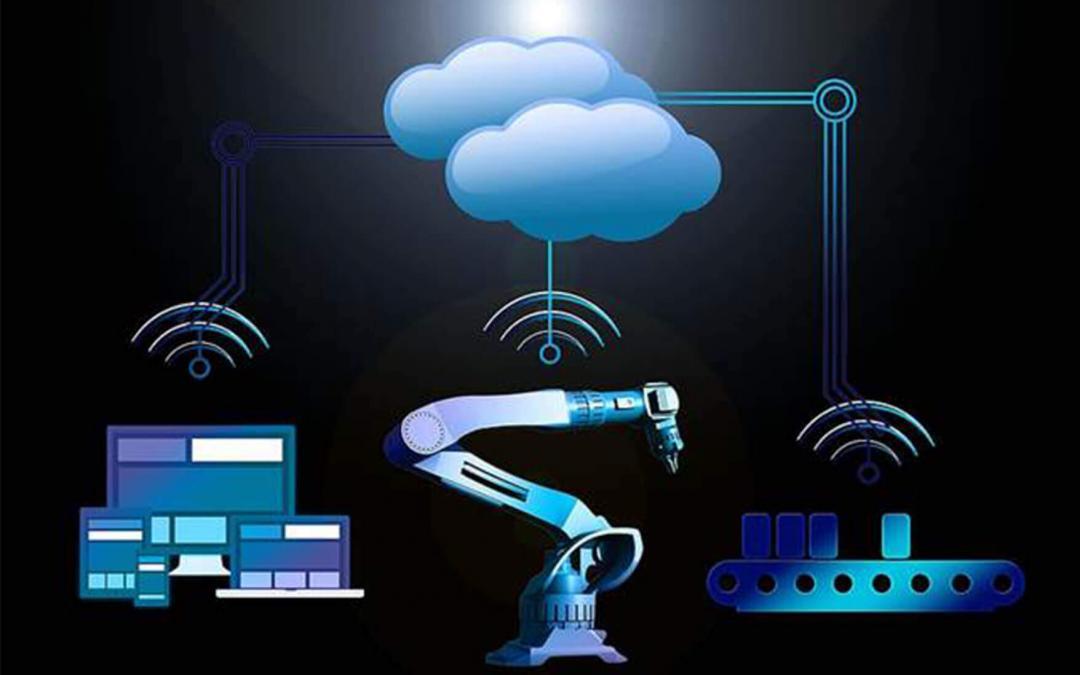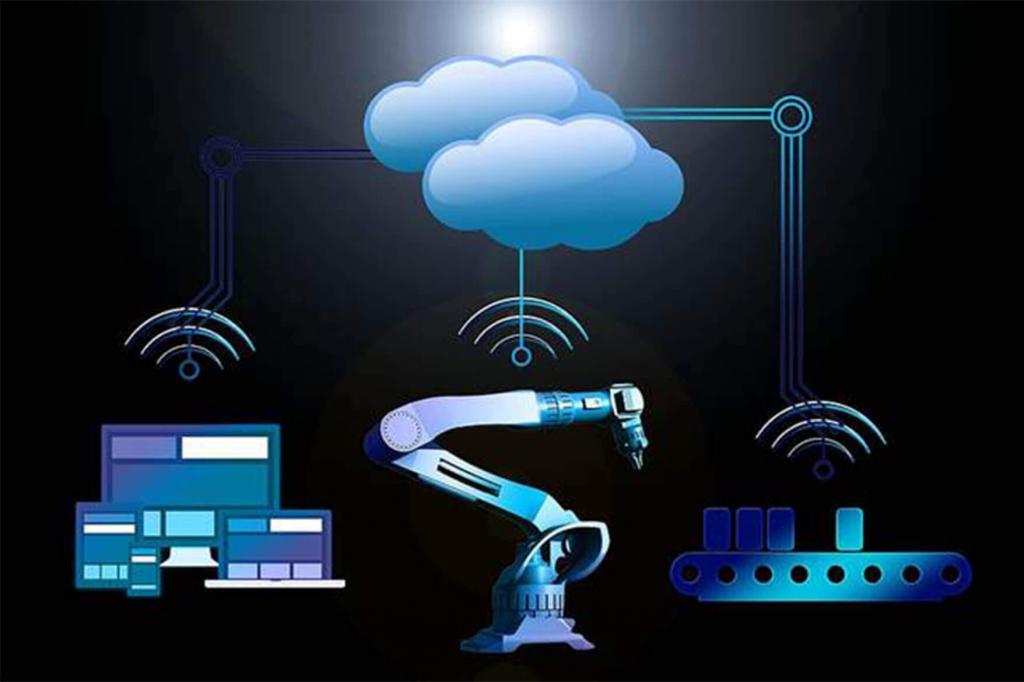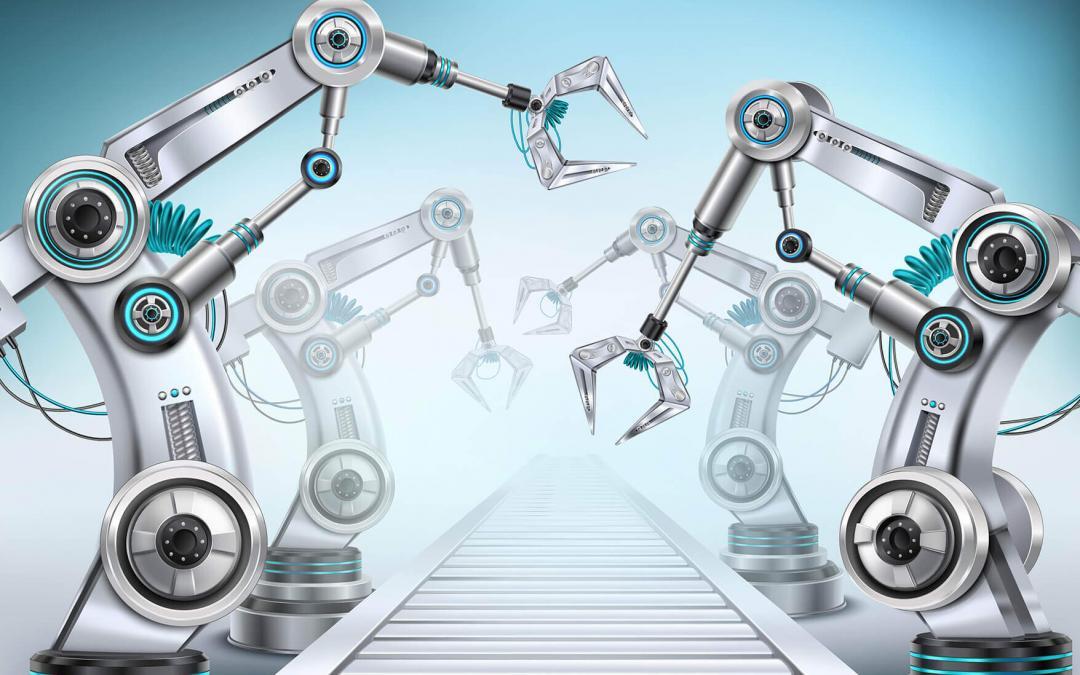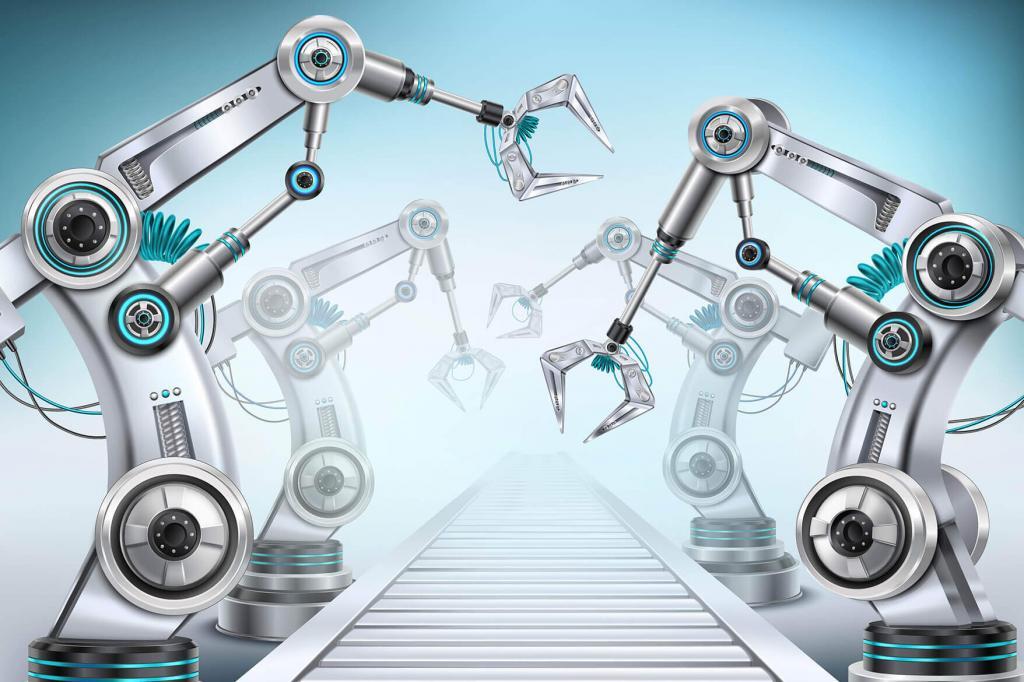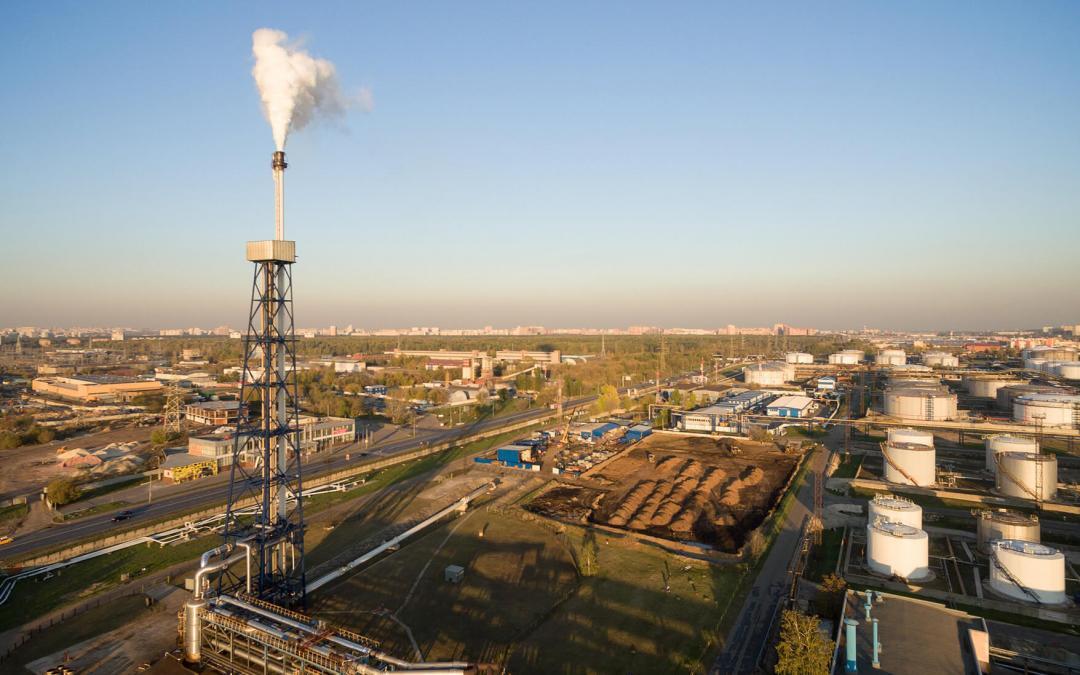
Role of HISTORIAN in a fast-changing industrial world
Big Data is the new buzzword in the town as industries realize its importance and benefits. Many sectors are investing in analytics to unlock hidden potential in the data generated by their machines. Most of this data comprises sensor data, process data, performance logs, etc.
The product design and development teams benefit the most from Big Data. The amount of data generated by industries is enormous and is constantly increasing. Some industries generate up to 8 gigabytes of data per day. This data needs to be appropriately managed. Thus, the role of a data historian becomes critical for smooth integration, storage, and access of industrial data.
Historian and its use in Industry 4.0 / IIoT
Data historian is a part of industrial automation solutions and helps with end-to-end data management. This data is processed by digital transformation services to help industries make data-driven decisions for maximizing operational excellence and profit. Some advantages of deploying data historians are:
- Data accessibility: Data historians can collect data from multiple sources and store it in a structured and secure format. Object linking, OPC UA, etc., are some protocols used to get the data ready for consumption.
- Cost reduction: Data compression algorithms used by data historians help store large data volumes efficiently for more extended periods. The maintenance costs are reduced significantly by data compression. Moreover, databases can be accessed by systems like MRP, ERP, SCM, etc., which reduces data loss and data integration costs.
- Easy access: Compared to relational databases, data historians are faster in storing or retrieving data in real-time. Thus, data is available 24X7 for visualizations or analysis.
Evolution of HISTORIAN with IIoT and Big Data
Data historians had supported product design and development teams in industries since the 1970s when the first general-purpose computers were introduced in markets.
The older data systems were time-series databases that were deployed on the industry’s premise. As a result, very little data was clocked, and the main focus was on data visualizations only.
With the advancement in technologies and the onset of the digital world, the focus has shifted to cloud computing, artificial intelligence, and IIoT platform. Due to these changes, the industrial engineering services teams expect data historians to have enhanced data wrangling capabilities.
This includes data identification, metadata addition, data relationship mapping, and dataset mobilization to various servers.
The old and standard data aggregation process has become obsolete. Product engineering services teams are looking for end-to-end data management and digital transformation services.
How HISTORIAN Improve the OEE
OEE, overall equipment effectiveness, is a benchmark to quantify manufacturing productivity. A 100% OEE score points to the fact that your industry produces high-quality products without any downtime.
Once the industrial processes are automated, the OEE benchmark will become more critical. Data historian is beneficial in improving OEE scores:
- Bidirectional communication is possible with advanced data historians.
- Data storage, processing, and analysis can be done in real-time. Thus, building and integrating machine learning models with batch analytics becomes easy.
- 24X7 data access helps in monitoring the industrial equipment and creating real-time alerts.
Data encryption technology makes the system safe.
How HISTORIAN is Dominating the next Gen Industrial Data
The data historian is evolving with technology innovations and industry requirements. Simple data storing in the 1970s has changed to data architecture and infrastructure.
As per the Industry 4.0 requirements, features like data integration, asset modeling, visualization, analysis, etc., should be part of industrial automation solutions.
The future of data historians has much more data crunching and analysis in store for it. In addition, operations data historians are challenging to work with and expensive to implement.
Moreover, they have limited visualization and analysis capabilities. These data historians are not scalable across multiple platforms also. Thus, it becomes difficult for the system to process large volumes of data.
The key technologies that future data historians need to incorporate are:
1.Data wrangling: Data is the new gold for industries. If data quality is terrible, extracting insights from it will be a painful task. Thus, data historians should have capabilities like data aggregation, data cleansing, data enrichment, etc.
2.Digital Twin: The digital twin concept is to replicate the industry’s processes and products virtually. The virtual world provides the capability to model a product’s attributes based on the data associated with it.
3.Blockchain: It is a record-keeping technology that facilitates transactions through decentralized networks. No central authority can control the data in the blockchain ecosystem. Thus, the data remains safe and secure.
4.OPC UA: It is the primary communications protocol for Industry 4.0. OPC UA enables hassle-free communication between heterogeneous machines. This technology saves a lot of time and reduces costs for industries in collecting and sharing data for analysis.
The takeaway
The automation journey for industries isn’t a straightforward path. There are a lot of features that need to be incorporated into the Industry 4.0 framework. Utthunga takes pride in introducing its highly skilled team to handle automation for industrial engineering services.
This team can support digital transformation consulting and Testing as a service automation product. So, if you are interested in hiring a consultancy for industrial automation services, you can reach out to our team for a discussion.

